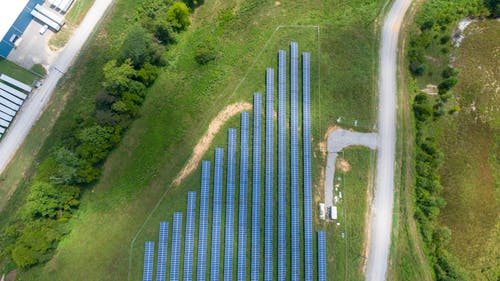California Commission Issues Revised Net Metering Successor Proposal

The California Public Utilities Commission has proposed a successor to its net energy metering program, which credits customer generators for grid-exported electricity. The successor would be an improved version of net billing, with a retail export compensation rate aligned with the value that generation systems provide to the grid and retail import rates that promote electrification and adoption of solar paired with storage. The proposal represents the third iteration of California’s 25-year old net metering program.
The commission issued a successor proposal in December 2021, but decided to reconsider the proposal following industry outcry over proposed elements of the tariff that would make solar more expensive, and add unpredictability and instability for existing customer generators.
The new proposal would apply electrification retail import rates, with high differentials between winter off-peak and summer on-peak rates instead of the time-of-use rates in the current program. It would also replace the retail rate compensation for exported energy with avoided cost calculator values that vary according to grid needs. These changes are intended to send strong price signals to customers to shift energy use to mid-day and export electricity during the evening hours, thereby promoting solar-plus storage installations and also benefiting customers who electrify vehicles, devices and appliances.
Responding to the proposal, the Solar Energy Industries Association said that the commission “rightly rejected proposals to impose unprecedented grid access fees on new solar and storage customers.” However, the group noted that additional work is required to ensure a more gradual transition to the net billing structure.
The proposal would support both the solar and battery storage industry and provide cost saving for customers on their energy bills. On average a residential solar customer could save up to $100 a month, while a residential solar plus battery storage customer would save at least $136. Based on these estimates, customers would be able to pay the cost of their systems within nine years or less. Moreover, the proposal would help manage electricity expenditures for all consumers in the state and have no bearing on active rooftop solar customers, who continue to receive their existing payment rates.
The proposed solar tariff is in conjunction with an added $900 million of state financing authorised by the legislature in direct incentives for residential solar plus battery storage users. Moreover, the tariff would apply new residential rates to encourage electricity usage when it is at the benefit of the electricity grid, thereby encouraging storage during off-peak periods and exportation during peak periods. The tariff would offer additional power bill credits to residential customers who implement solar or solar combined with battery storage over the next five years.
The proposal will be on the commission’s Dec.15 voting meeting agenda.
EnerKnol Pulses like this one are powered by the EnerKnol Platform—the first comprehensive database for real-time energy policy tracking. Sign up for a free trial below for access to key regulatory data and deep industry insights across the energy spectrum.
ACCESS FREE TRIAL